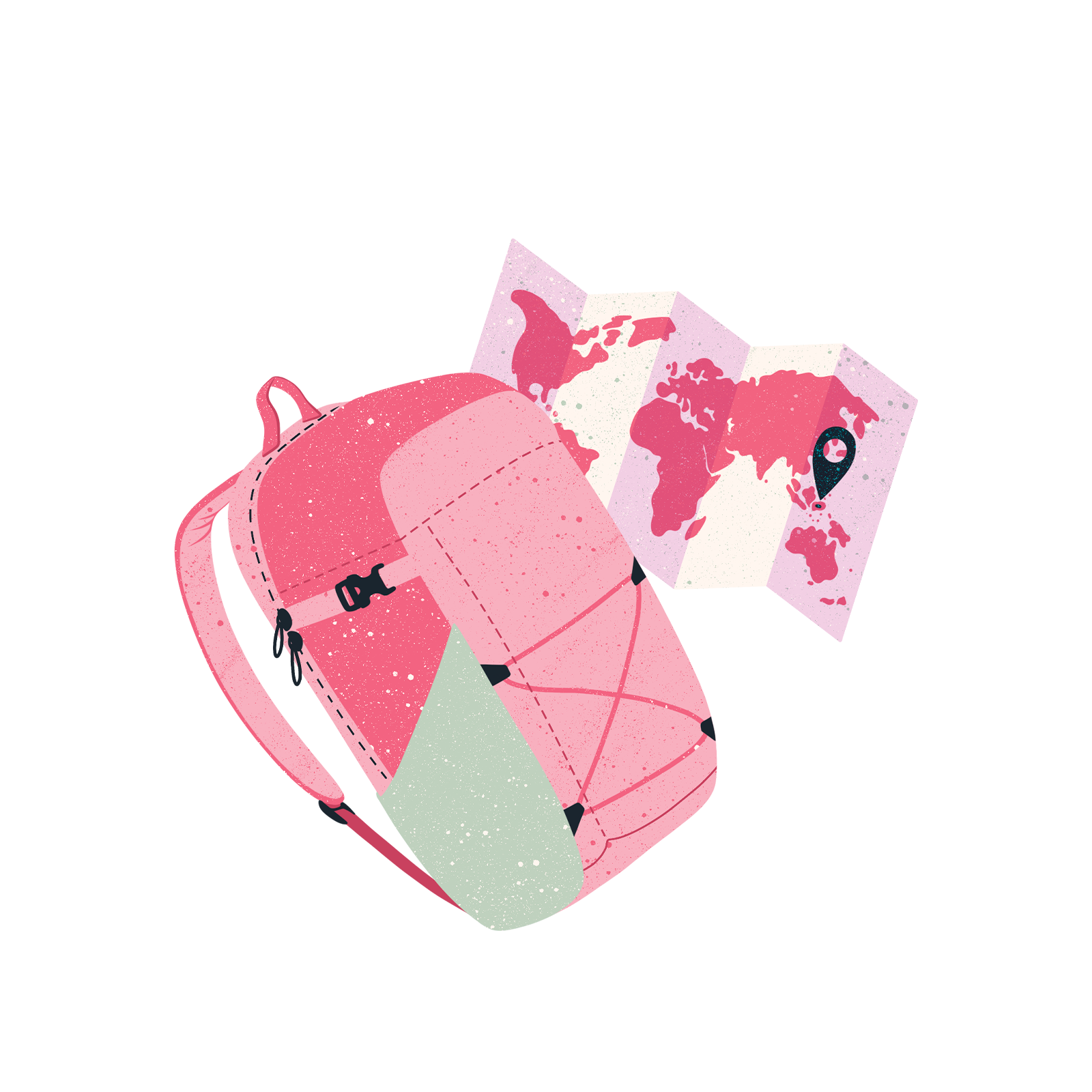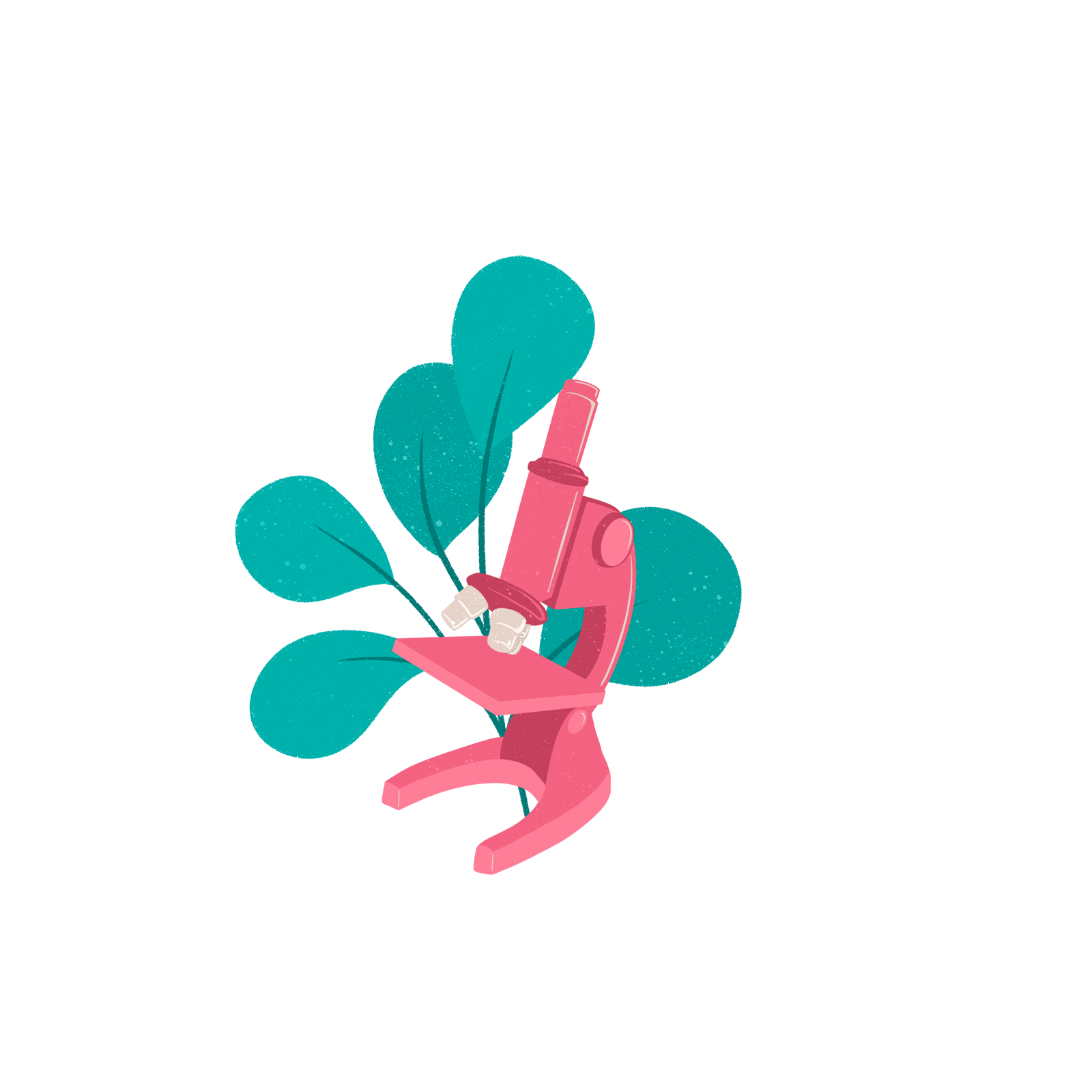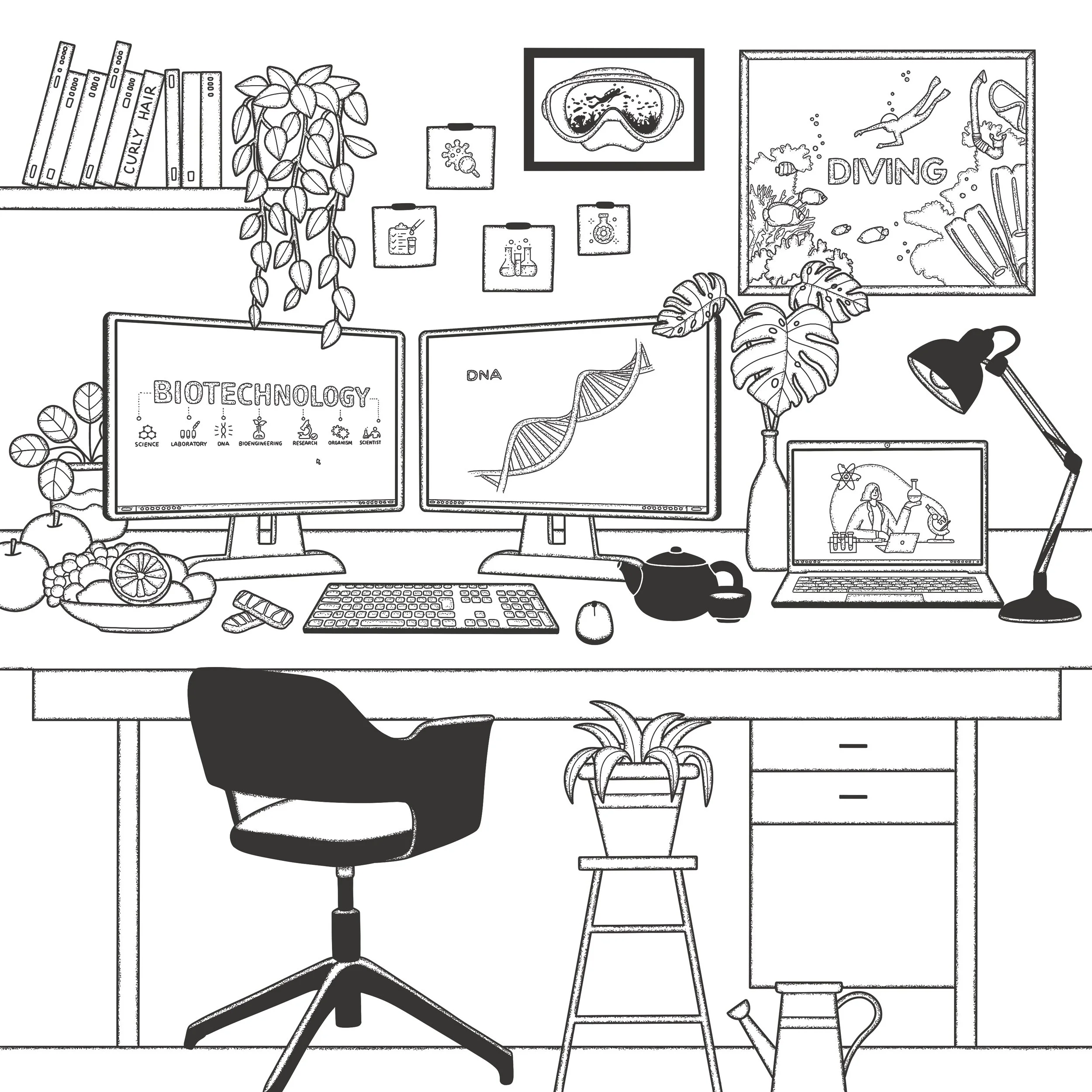
Section Styles spotlight-header
I am a
TECHNOLOGIST
Shalini Nemani
Presented by The Amgen Foundationscientific companies often house huge amounts of data.
As a Technologist, I develop technology-driven tools to help scientists collect, share, and make sense of data faster.
MY WORK SETTING
Indoor vs. Outdoor
Most of my time is spent inside, working at my desk or in meetings.
People vs. Alone
I spend a lot of time both working independently and collaborating with others.
Creative vs. Defined
My work requires a lot of creative thinking, but I also rely on a lot of structured tools.
-
I lead the development of tools that scientists can use to make their jobs faster, easier, and more impactful. I develop programs and design platforms to make scientific data more accessible to more people and to cut down on the time that scientists put into parts of their jobs that can be automated, like preparing reports. I focus on identifying opportunities to innovate how we work by using AI. My job is to connect dots that may not have been connected before and build the tools to do it well.
-
I lead a team of diverse specialists like machine learning engineers, data scientists, and business leaders. My role is to translate technology across business, scientific, and product lenses. I work with scientists and company leaders to understand what type of AI tools would help them and create innovative solutions that leverage cutting-edge AI technology to maximize our team’s impact and productivity.
-
It can take a very long time for new treatments and medications to be discovered. At every stage of the process, there are inefficiencies and gaps that technology can help improve. If we create tools and systems that make the most of what’s possible, we can speed up the rate of progress, which in turn can make critical medical discoveries happen faster. AI is the next frontier of innovation, and I’m focused on making sure we use it to its full potential to benefit human health.
My Work NeedsEssential Skills:
COMMUNICATION
I spend a lot of my time talking to people, and making sure that what I hear is well-communicated across groups that may not always share the same priorities.
ADAPTABILITY
I wear a lot of hats and the projects I lead can be complex. I need to be flexible and ready to solve unexpected problems.
MANAGEMENT
While I don’t personally code, I need to understand the technology so that I can manage the specialists who do and make sure everyone stays coordinated and on track.
ENGAGEMENT
Change can be hard. When we’re designing something new, part of the work is making sure that people feel represented and engaged throughout the process.
DAYS IN THE LIFE
Days in the Life
Come along and explore what three days at my job might look like!
How I Work
Check out what my desk looks like on an average day.
This is what my workspace looks like!
Multiple monitors. I work on my laptop a lot for meetings, presentations, and design. My large monitors help me visualize and execute my work.
Plants. I love being outside, and feel like plants can bring a little more life into my workspace.
Snacks. I sometimes work through lunch and like to keep tea, protein bars, and fruit within reach.
Books. I love to read and learn, and my desk has a mix of books both related to work and my personal interests.
Sticky notes. I’m always juggling a lot of to-dos, and sometimes a sticky note is still the most efficient way!

Did you know...Science needs good design.
Scientists are really good at some types of design – like designing studies and experiments that balance strict guidelines with an inventive approach to seeking answers. But many of the other parts of the scientific process – like how we store data or share findings across topics – are often less well-designed or efficient. When you think about science, you may imagine that scientists from different fields are aware of what each other is doing. In reality, there’s usually a big breakdown between fields of knowledge because there’s so much information and no easy-to-use, well-designed ways to access it all. As a result, many scientists don’t have a great way to centralize their knowledge or exchange ideas with others outside of their (relatively small) circle. When a team of designers or technologists decides to design new processes that work better, it’s not just about brainstorming ideas and putting them into action. For a solution to work, just like any good design, it needs to be shaped by the final goals, and the designers need to do their homework to understand what will and won’t work in the real world. That means talking to your audience, testing out ideas, and being very prepared to change direction if something isn’t working. It’s a great example of how science needs a lot more than just traditional scientists in order to really understand the world, in part because good design can make it easier to do everything else.
Rewarding
These are the parts of my job I find particularly rewarding.
Building new, complex technologies that don’t follow a roadmap or blueprint.
Integrating lots of different ideas and perspectives that don’t always align.
Challenging
These are the parts of my job I find particularly challenging.
But everyone is different! Drag the circles to place them where you rate them.
Seeking buy-in from many different people when launching new solutions.
Not always achieving the desired result despite a lot of hard work.
Section Styles movable
These are the people I work with:
Scientists + Engineers
A big part of my job is asking questions and understanding the needs of the scientists and engineers at our company. I listen to their issues, look at how they work, and meet with them to figure out how to solve their everyday problems.
Technology Specialists
I work with data scientists, data architects, and other specialists to bring our designs to life. I coordinate across many different groups to make sure the technology lines up with the user’s realities.
Executive Management + Business Analysts
I meet with company leaders to understand the challenges and opportunities we have, and to make the case for the solutions we’re designing.
WHAT’S NEXT?
What’s next for my field?One of the most exciting things about working in STEM is how fast things change. Things that aren't possible today could be possible tomorrow.
Changing the way we drive progress.
Science can be extremely complex, and many of the processes vary between scientists. This can make innovation move slower than it has to. New technologies, particularly in AI, make it possible for us to reimagine the way that research is conducted so that processes can be more seamless, efficient, and organized. By leveraging new technology to build better processes, we can unlock insights and improve the way we make and share discoveries.
Looking for teacher resources?
PHOTOGRAPHER: Ashlee Hamon • Illustrator: Laurie Anne Poquet© 2024 THE PLENARY, CO. ALL RIGHTS RESERVED. TERMS. PRIVACY.This is a brand new site! See an issue? Let us know.



















